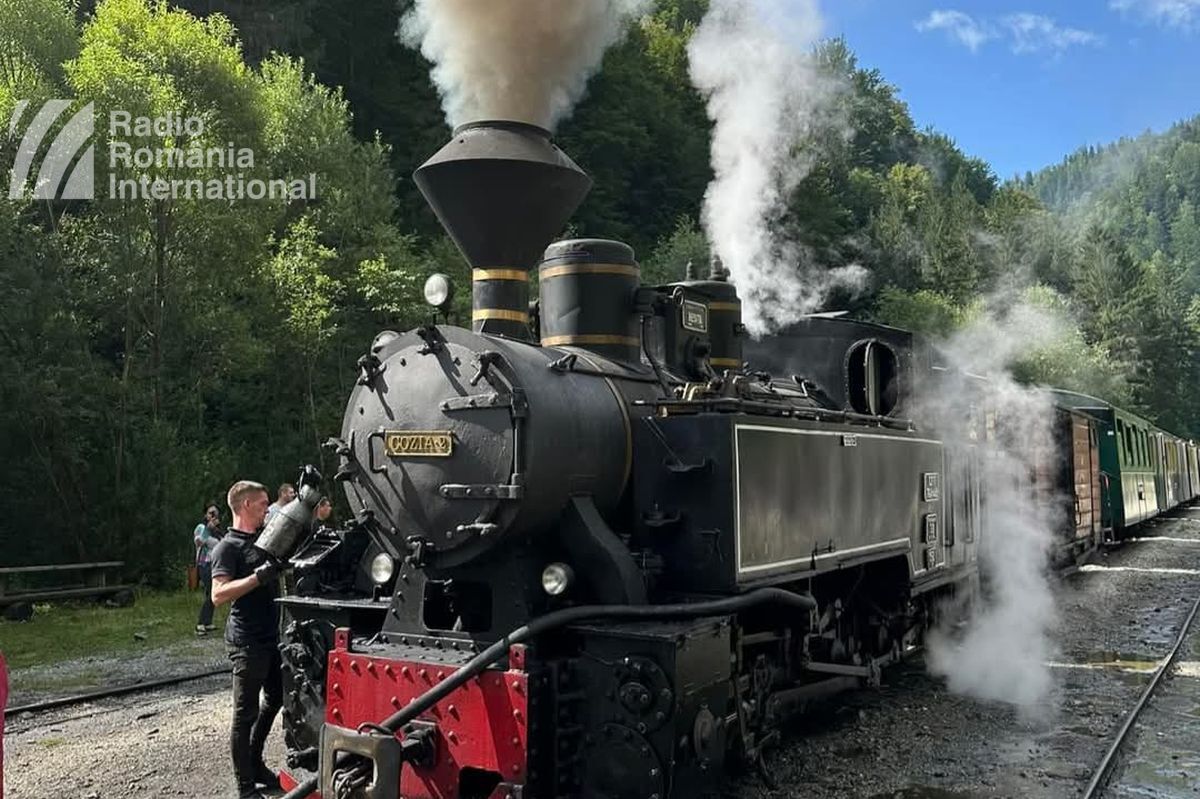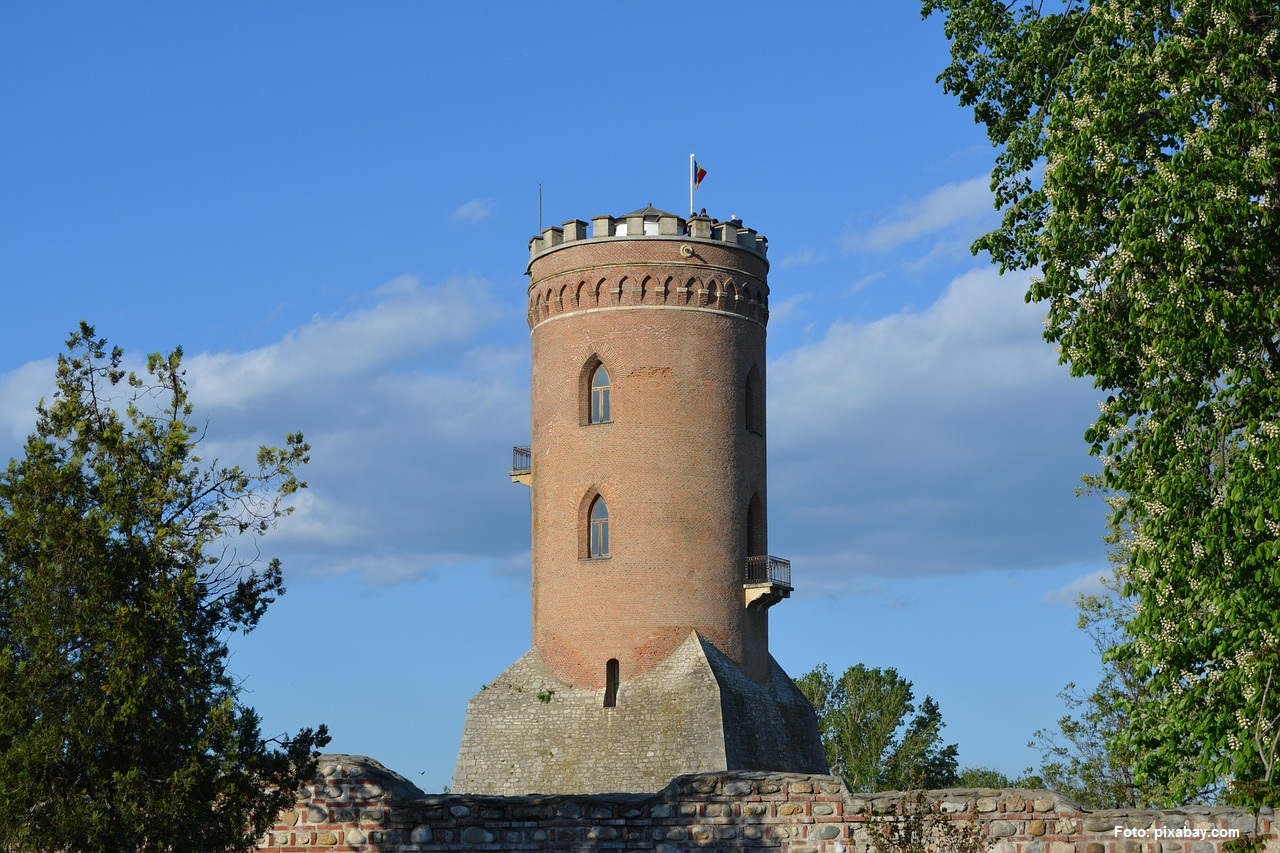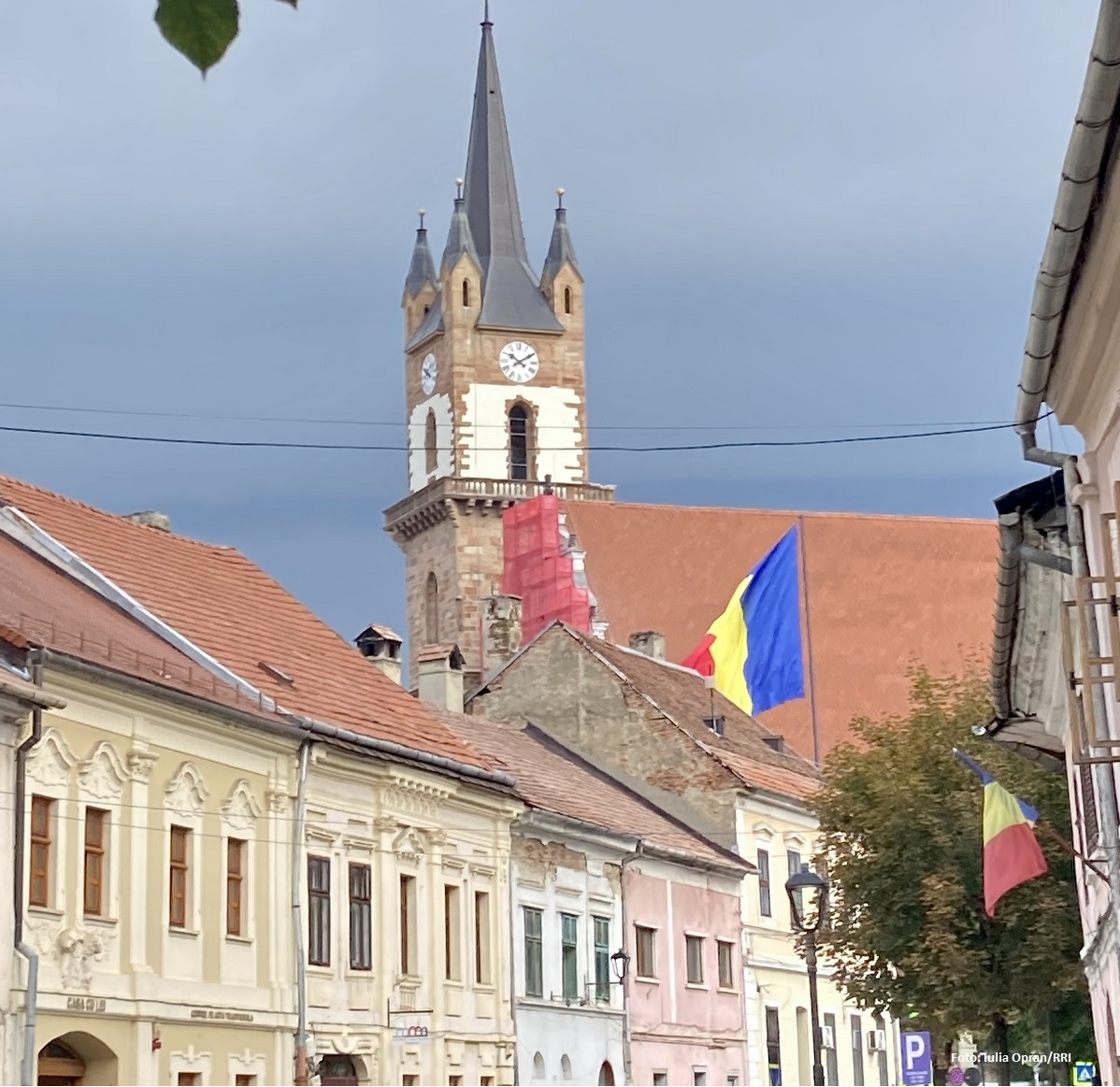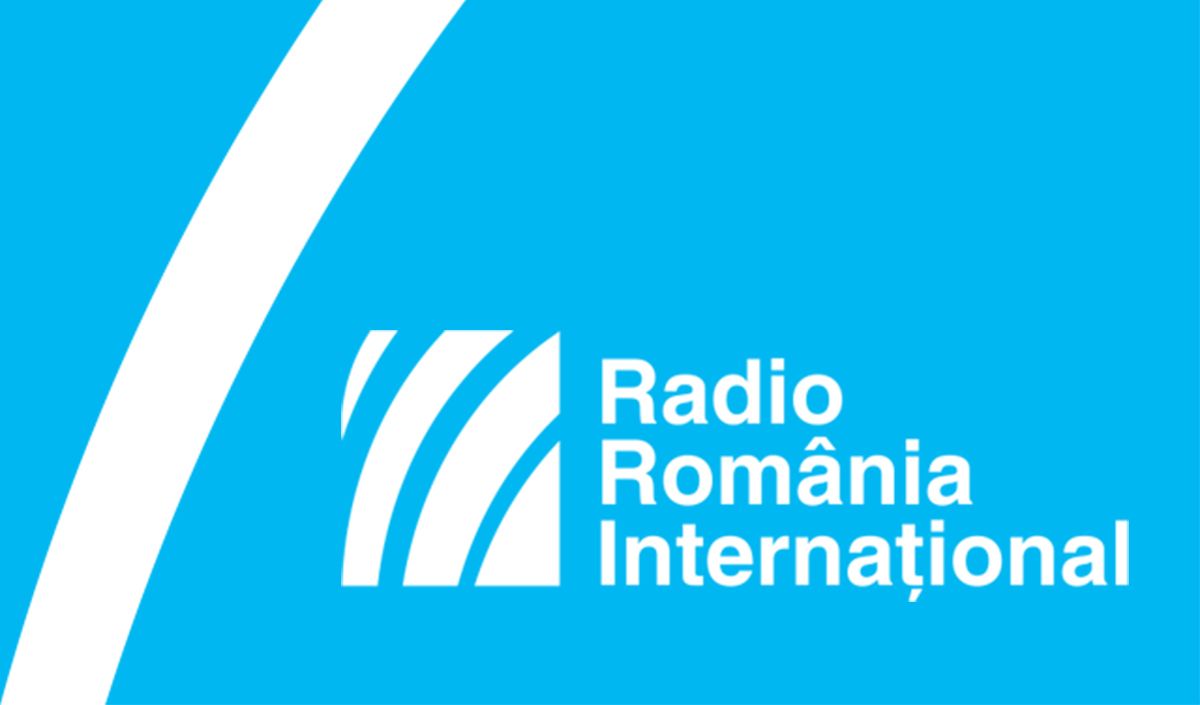Almaj river Valley, “the apple blossom country”
South-western Romania's fascinating beauty, yet to be discovered by tourists
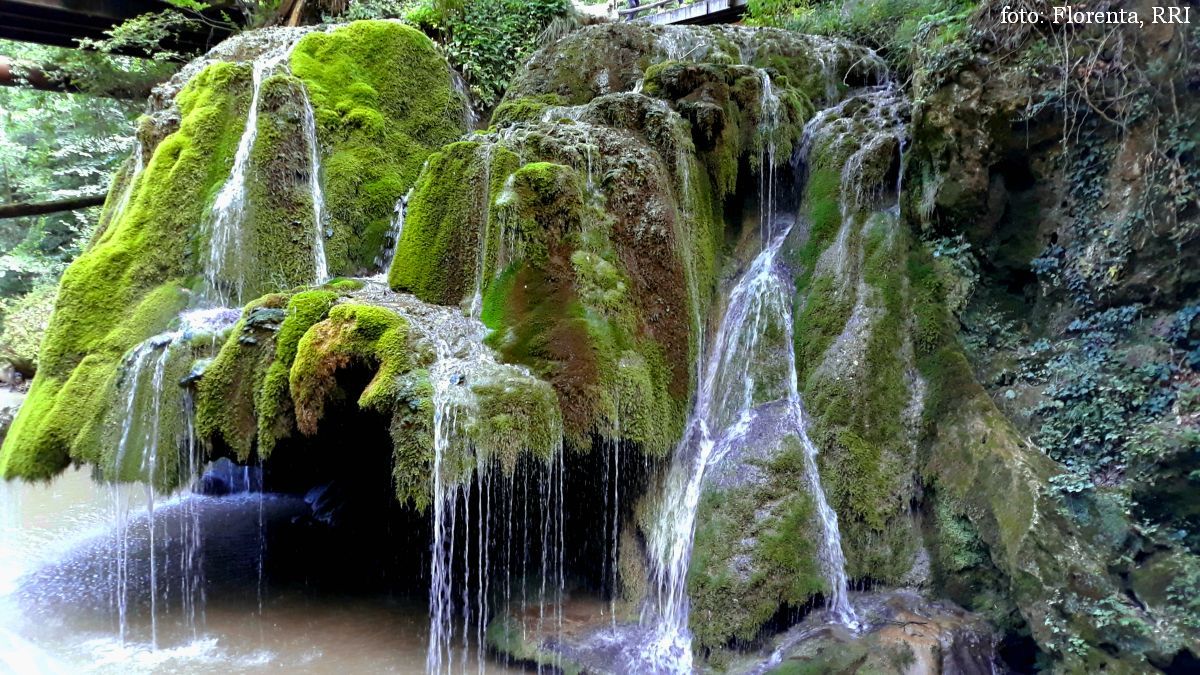
Eugen Nasta, 03.04.2025, 14:00
Western Romania boasts a very special region: it is one of the four main valleys in Caras-Severin County. We’re speaking about Almaj River valley. It outlines a unique world, a country in its own right. In Almaj Country you’re invited to relax under the blooming apple trees, you’re also invited to embark upon true expeditions so you can discover the Almaj Country’s tourist assets.
You can take the trails by foot or you can cycle all the way to the caves. It is also here that you can discover south east Europe’s largest watermills reserve. Not the least, those who have a little bit more time on their hands can have a train ride on Romania’s oldest mountain railway, cutting through 14 rock-carved tunnels.
For starters, we set the borders of our destination, alongside a photographer and promoter of tourism in the region, Claudiu Vatau.
“I’ve had talks with many people and I found out Almaj River Valley was indeed an unbeknownst area. I wouldn’t introduce it like that, yet it is being presented as an isolated area. In is an inter-mountain depression lying in western Romania, bordered by the Semenic, Almaj and Anina Mountains in Caras-Severin County. It lies at a mere two-and-a-half-hour drive from Timisoara, the capital city of Banat.
A great many people have definitely heard about the Bigar Waterfall. A lot has been written about it, and its being mentioned by an American publication has propelled it among Romania’s the world’s top waterfalls. Vert few people know where the Almaj River Valley lies and what it is, in fact. Clearly, the Bigar Waterfall is the area’s most popular tourist asset. Nevertheless, the most important such asset is I think the Nera Gorges destination.
The Nera Gorges are Romania’s longest such gorges. They stretch along 24 kilometers, of which 22 are active. The way in and the way out of the gorges are two kilometers long. From the Danube Gorges you can have easy access to the Almaj River Valley, while no less easy is the access from the Almaj River Valley to the Danube Gorges. “
In the Nera River Gorges you can have a great many trekking options. Here the Ochiul Beiului Lake stands out. It is well-known for its incredible color, Turquoise-blue, provided by the karstic springs that fill it in with water. Also, the Beusnita Waterfalls are renowned for their natural beauty and for the way water flows over calcareous tuff formations, creating a fairy-tale landscape. However, the Almaj River Valley is not about nature alone, it is also about people.
The traveler reaching this destination discovers picturesque villages, each with their own wooden church, pristine houses with verandas that have vine canopies and welcoming people, proud of their heritage. Of them, Revensca stands out, it is the smallest village of the string of Czech villages of Banat, with a population of roughly 100 inhabitants. And that is not the only fascinating point of the area.
Claudiu Vatau:
“On the Almaj river Valley there is the only Czech village that has been preserved just like in the Czechs’ time, just like in the Pems time since that’s how the Czech inhabitants were called in those parts. There the old Czech language has been preserved almost intact. They do not have Serbian influences of the villages nearby the Danube Gorges.
They preserved the traditions but also the customs. About Ravensca, we can say it is an isolated village. It lies somewhere on a mound, on top of a hill. From the village, on a day with clear skies, you can see the Danube, and there, there is the most beautiful sunset you can see on the Almaj River valley, from the hilltop and to the Danube.
And the main asset of that particular area along the Almaj river Valley, there is the Moceris Waterfall, which is a stunningly beautiful waterfall. It is a three-level waterfall that was formed and has undergone transformations, throughout the years, because of human intervention through the production of lime. In that particular area lime was produced. There were countless o lime pits. The trail from Moceris to the water fall, you can take it by foot, by bike or in an off-road safari, with terrain vehicles.
A photographer and promoter of tourism in the region, Claudiu Vatau, recommends us that, after a city-break in Timișoara, we should retreat for at least one week in the Mountainous Banat and in the area of the Almaj River Valley. The experience of all that is simply unique.
“Trails through the forests, trails taking us to the caves, foot trails, bicycle trails. In the Anina Mountains, close by the Bigar Waterfall, there is the Cave with Bones. There the Homo Sapiens’s oldest skull was discovered, it was 4 million years old. The caves can be visited free of charge, as we speak, we don’t know for how long. I was saying the area is somehow unspoilt as all trekking routes are not even marked. It is very important that you contact a local guide who can tell you the legend of the place and who can take you to those places.
Tourists can also go to Rudăria or Eftimie Murgu, as the locality is called as the present. On the Rudaria Gorges we can find south-east Europe’s largest watermill reserve, made of 22 watermills. Some of them are in the village, in people’s courtyards, they are functional yet inaccessible.
Others can be visited and there’s more to it than that. The tourists, be they Romanian or foreign, can see for themselves how the maize flour is ground, how the white corn flour is ground, which is unique in the area, and special, how the appointment at the mills is being performed. Tourists can find out how 15 or 16 families are assigned to each mill, how they maintain it, earning their keep from the grinding of the grains in those mils. “
If you a little bit more time on your hands, you can also venture so far as to board a train on one of Romania’s most spectacular railways, often compared with the famous Semmering railroad of Austria, thanks to its winding route along the Banat Mountains. Officially, it is known as the Oravita-Anina railway, Romania’s oldest mountain railroad.
“The Banat Semering is a one-of-a-kind asset in Romania. It is the oldest mountain railway on Romanian territory. It connects Anina and Oravita. Departures are scheduled from both destinations. The locomotive is a Diesel, the carriages are more than 100 years old. The furniture of the carriages is made of wood, completely.
The landscapes are dreamlike, you get to dee them as the train drives through the tunnels and on the viaducts built along the 34-kilometer-long railway. It is beautiful in the spring as well as in the summer, when everything is green, and in autumn, when we have dozens of hues of yellow, red, green, brown, but also in the winter, when there is snow in the region. The Anina area is an area rich in snow. “
The Almaj River Valley is also famous for its apple-tree orchard, hence its poetic name: The Apple Blossom Country. By all means, spring is very special here, And, if you feel like having an even more interesting area, alongside the traditional food you can have a loaf of bread prepared with the flour you can grind at the watermills of the Eftimie Murgu commune.

